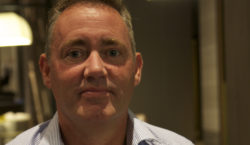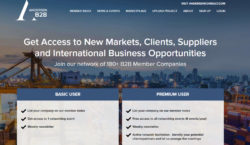As Cold Flood Prevention (an innovative alternative to the traditional use of sandbags) is making inroads into Southeast Asia – it already constitutes proof of concept that the SME business networking and business internationalisation platform AndersenB2B.com works in action! Its mission is to strengthen the access to new clients, markets and information and its approach enables companies to connect across borders.
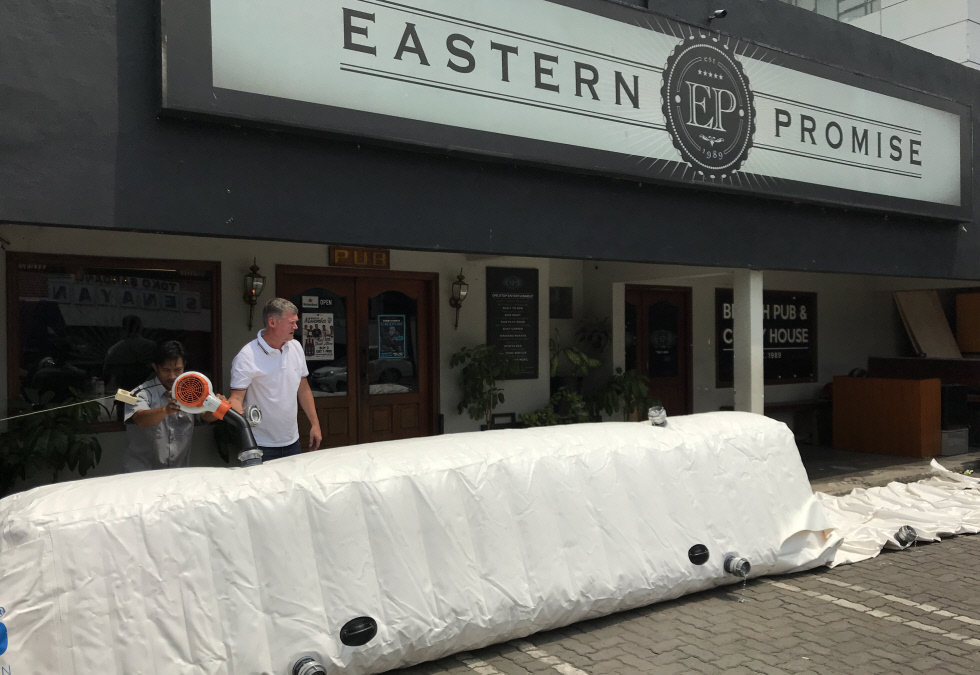
By being part of this platform and network Cold Flood Prevention, a new Danish innovative SME, has managed to find strong interest for its solution from prospects far beyond the initial home market that is Scandinavia.
Consequently, its CEO Michael Cold, accompanied by AndersenB2B’s CEO Lars Siggaard Andersen, have been visiting countries in Southeast Asia, in particular Vietnam, Sri Lanka, the Philippines, Indonesia and Thailand to do field demonstrations.
“The challenge is always when you have a person with a brilliant idea and technology how you can spread the word. Southeast Asia has tons of small companies, so does Denmark and the rest of the Nordics. So how can we get to know each other? This is where we work together to communicate as much as possible on this platform, and distribute information and put up videos. We allow business owners like Michael to give some statements in our newsletter and talk about, in his case, how he has been in Southeast Asia looking for sales opportunities,” says Lars Andersen, who is also behind well-established Andersen Consult.
Lars says that their news send-outs also reach some 2,000 companies and government officials in Southeast Asia.
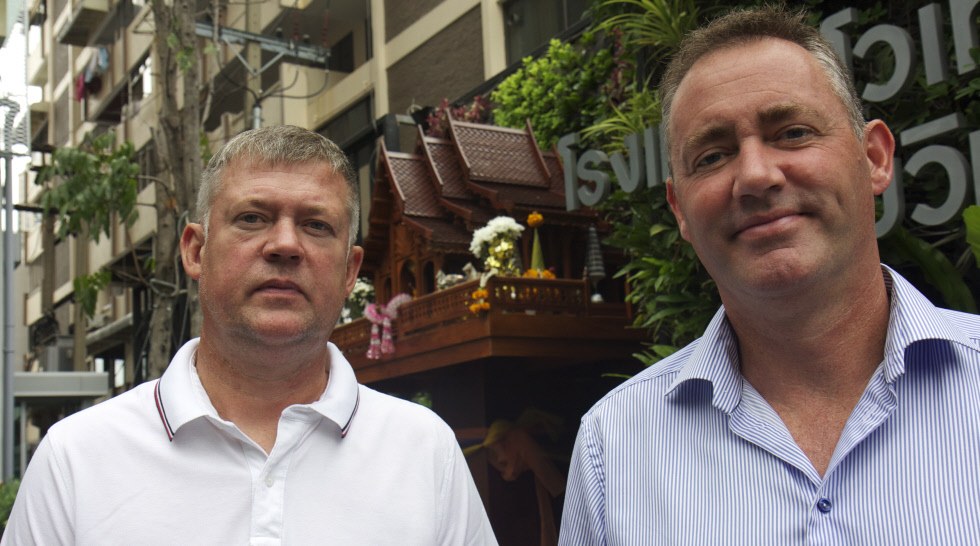
“And seeing for example the Cold Flood Prevention info they might take the product into consideration.’ Some of these people contacted us wondering what it is about: ‘We have sandbags but your product also looks interesting; can you come and give a demonstration?’ So being on the platform is another way to spread the word; much faster and economically than do your own marketing,” he explains.
“And I think the most exciting part is that people from out here are contacting us, asking for more details. So the vehicle, the platform, is working in that way, a reversed way; normally we would be going out communicating: ‘Why don’t you look at our product?’”
So AndersenB2B is about: talking to companies based on the actual market, meeting those people and discussing about one’s product or service’s options; communicating. The platform facilitates active networking in Denmark and abroad to grow one’s business by communicating with people knowing the market and perhaps having needs that generates a match.
Vietnam demonstrations
Then, one can also learn from peers what is required on a certain market. For example, in Southeast Asia a lot of patience and continued dialogue are needed.
“In this part of the world we have to address the public authorities again and again because they have to feel safe, convinced. So we are doing a number of demonstrations in Vietnam and we’re going to do it here in Thailand, the Philippines, Indonesia and Sri Lanka, and will continue those so that we convince people that this is really the technology to go for and stop using the sand bags. And we will convince them, there is no doubt about it, they have to use a product like this!” claims Lars.
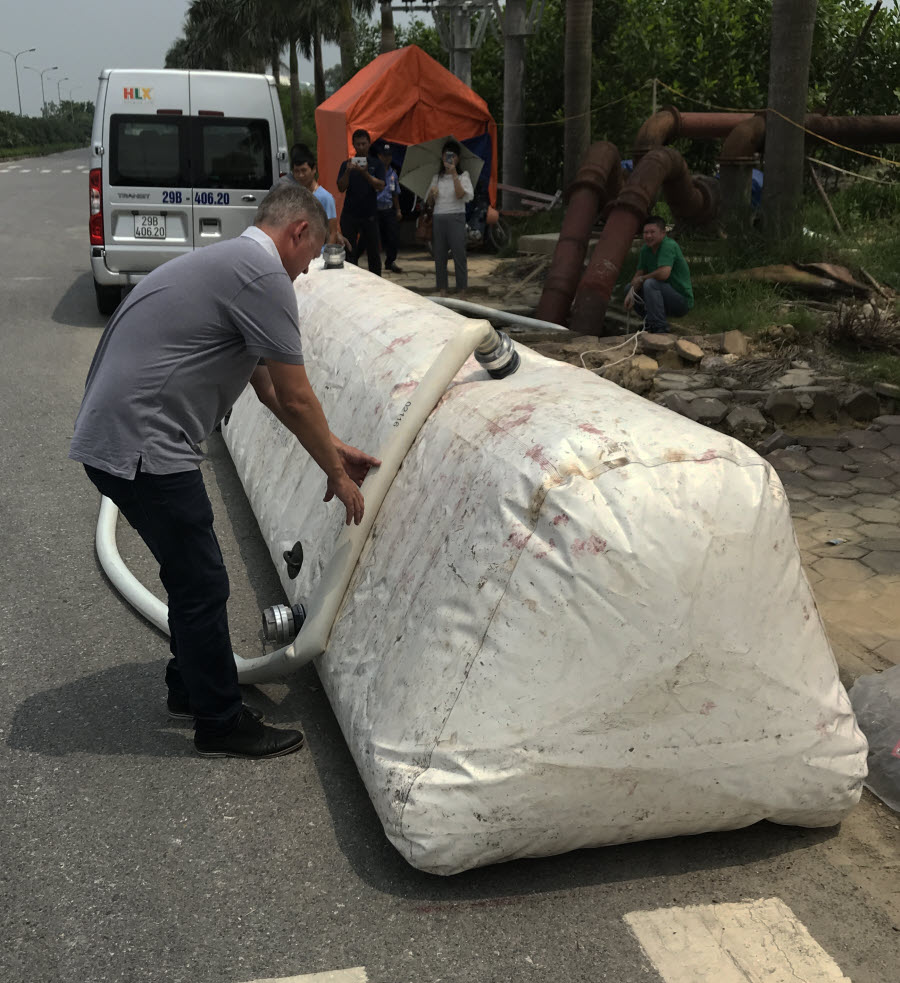 “Michael’s product is quite unique and highly interesting because it is climate-oriented. It’s an exciting product because it’s – compared to many other technologies – easy to use, understand and operate. It also has a long lifetime span, and makes so much sense.”
“Michael’s product is quite unique and highly interesting because it is climate-oriented. It’s an exciting product because it’s – compared to many other technologies – easy to use, understand and operate. It also has a long lifetime span, and makes so much sense.”
Building 100 metres of flooding protection wall with Cold Flood Prevention costs about Euro 33,500 while sandbags costs about Euro 29,000. But second time around the Danish solution will cost the user only about 500 euro. One can use flooding water to fill up the barriers or use a fire department’s water outlets, if access is available.
“We share the cost calculation system with clients so they can put in their local costs and every time the result is the same. Our solution is more expensive the first time, second time using it costs close to nothing, and you have up to 10 years use of our Cold Flood system, while you have the same cost of sandbags every time because you cannot re-use those. This is an amazing selling point,” says Lars.
“Michael even gives 5 years warranty; he has that much faith in his product, which also has a structure that it fits the Asian climate.”
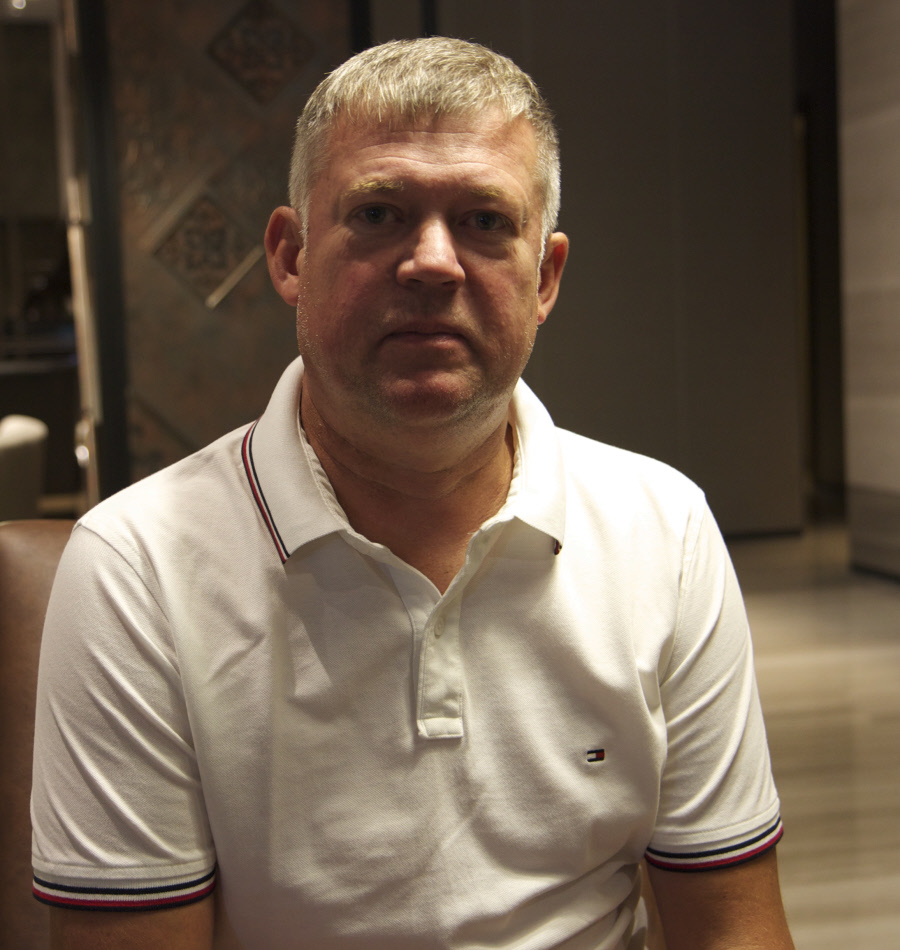 “If you have to protect something in a flooding zone you can build it up using the flooding water to protect against flooding. Everyone can accomplish it so it’s easy to put up and take away again and use in another place,” explains Michael.
“If you have to protect something in a flooding zone you can build it up using the flooding water to protect against flooding. Everyone can accomplish it so it’s easy to put up and take away again and use in another place,” explains Michael.
A team of two can handle up to 50 metres per hour ensuring a very fast response to the flood-exposed area. When it takes 750 labour hours to set up a 100 m sandbag dam and 300 labour hours to remove it, it only takes 4 labour hours to install the cold flood prevention system and 4 hours to remove it.
“This, paired with that you can have any form measurement, mobility and flexibility are the two most fantastic parts about this product,” Michael explains.
Among the versions is a lower barrier suitable for restaurants so they can keep open without the water from the stress entering their restuarants. Other than that, typically critical infrastructure can be kept going in critical spots; roads, schools, airports, hotels etc.
“We know for a fact that manufacturers have their production materials destroyed by flooding water. Or, they have to stop the production raise all products and equipment high up from the ground until flooding has gone again. We can however accommodate maintaining full production also during flooding.”
Flooding is the single most common natural disaster in the world as well as the disaster with the highest economic and humanitarian impact. In Southeast Asia damages from flooding amounts to $ 175 billion each year – and these expenses will only continue to increase as the climate changes, if traditional approaches remain the applied solution to prevent flooding. Hence, Lars and Michael being so expectant about the market potential.
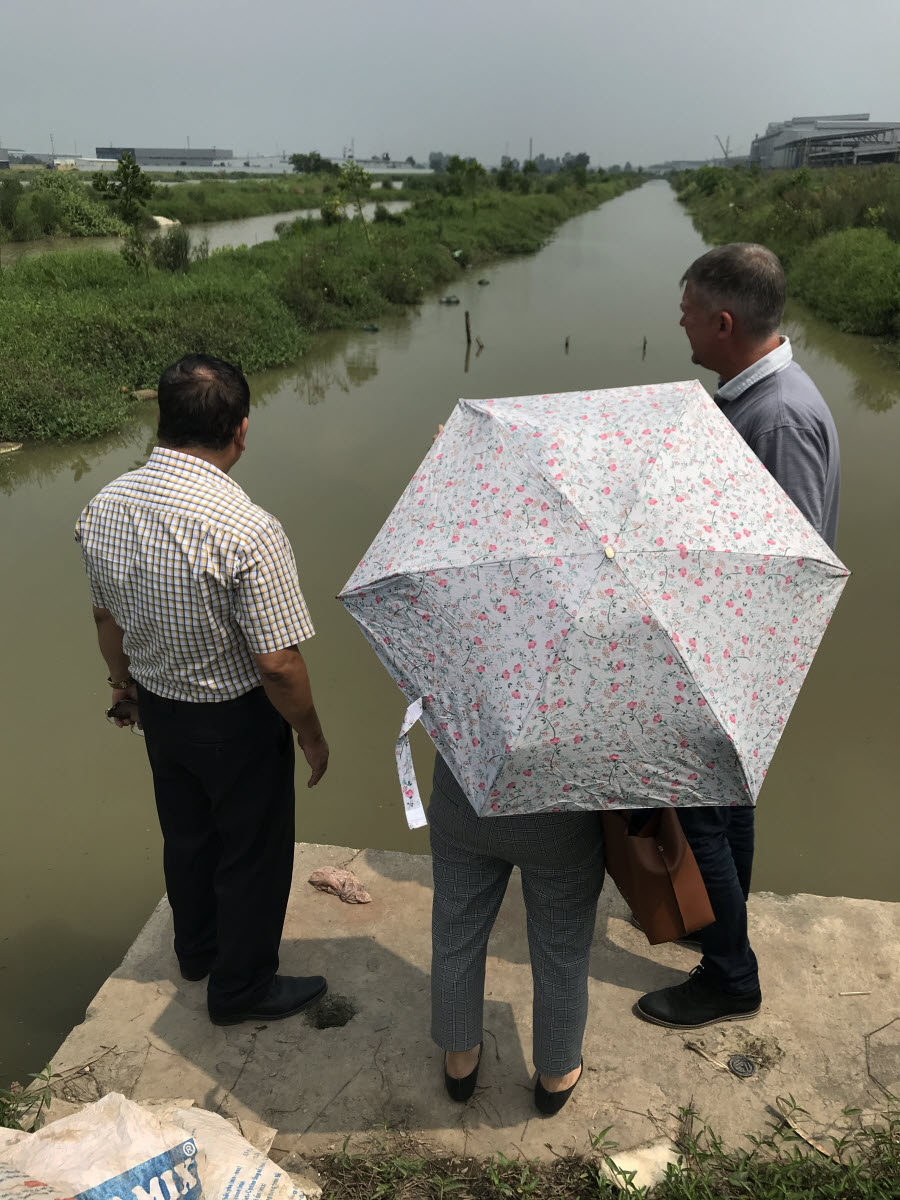 Their direct target clients are public authorities, disaster management systems, vulnerable SMEs and larger corporations. ”But more also insurance companies should take an interest in this product – they are the ones that have to pay for all the insured losses.”
Their direct target clients are public authorities, disaster management systems, vulnerable SMEs and larger corporations. ”But more also insurance companies should take an interest in this product – they are the ones that have to pay for all the insured losses.”
“Sometimes it is: out of eye out of mind. The public sector sometimes think: ‘Maybe we will not have a flooding next year!’ Our challenge is to tell them to prepare for next time. It is almost as if governments and countries are getting used to spending a percentage of BNP on cleaning up from flooding every year. We say: we cannot remove that but we can reduce it. And the environmental impact is incredible.”
“We are planning for the delivery of huge quantities going forward. Right now we are convincing people, and we will convince them; there is no doubt about it!”
Links:


